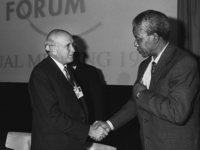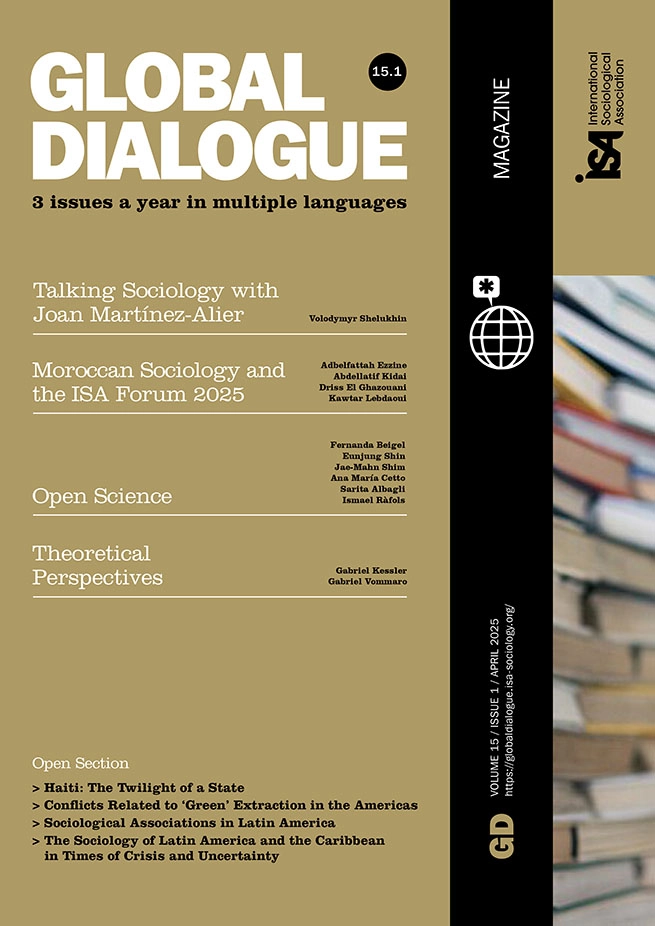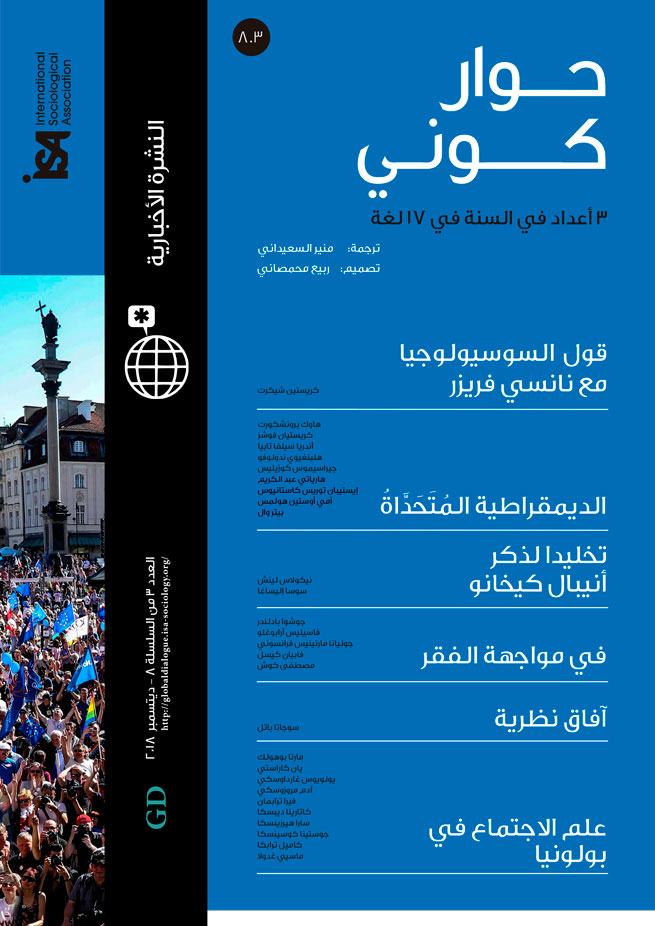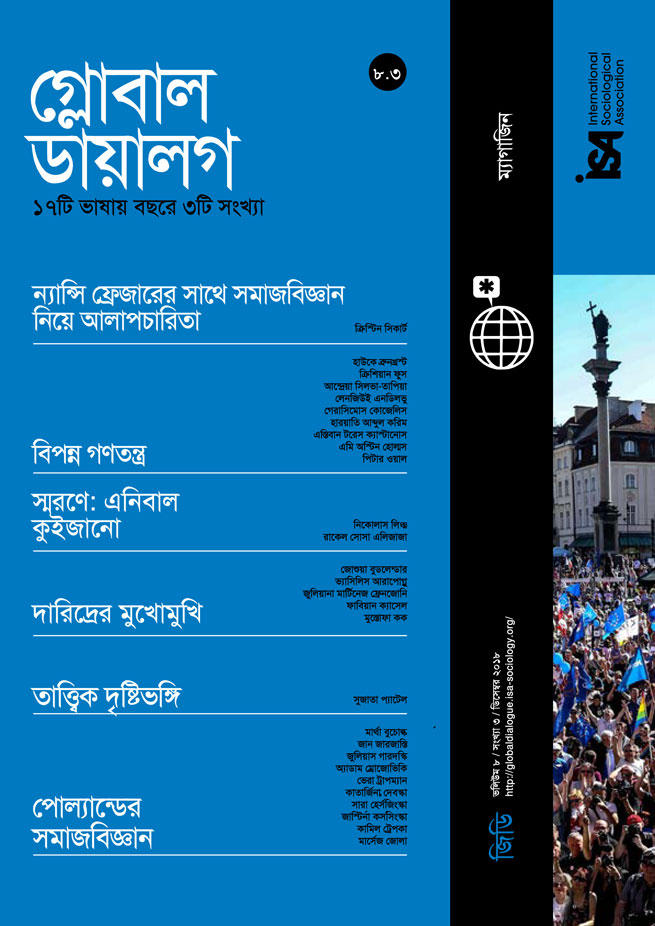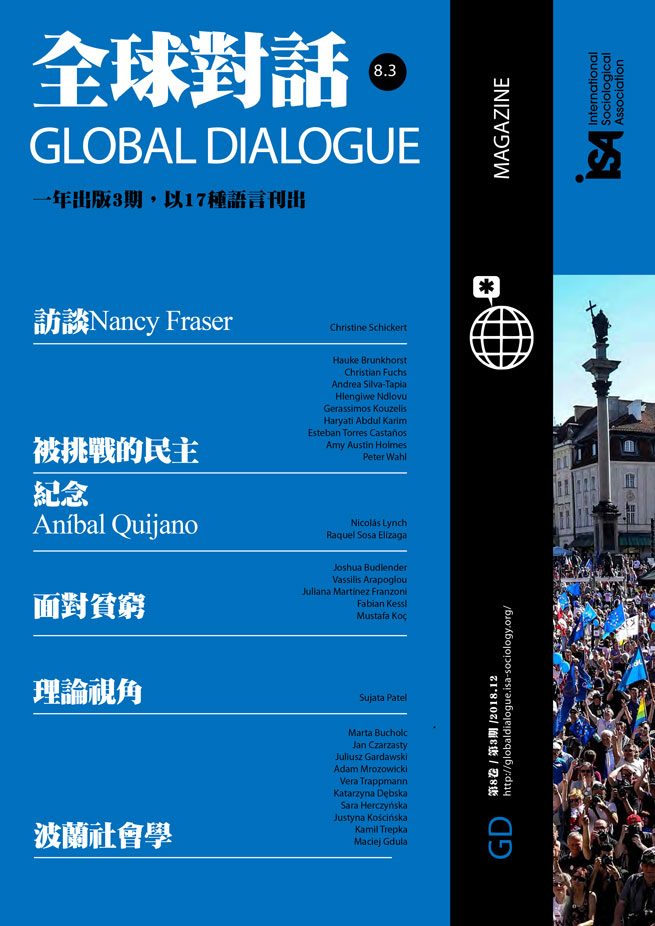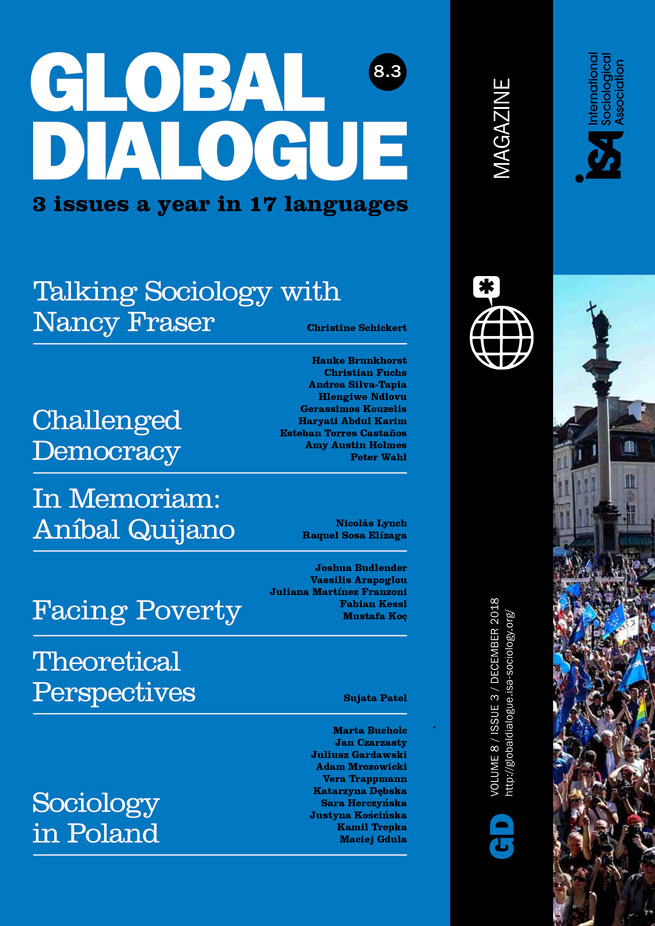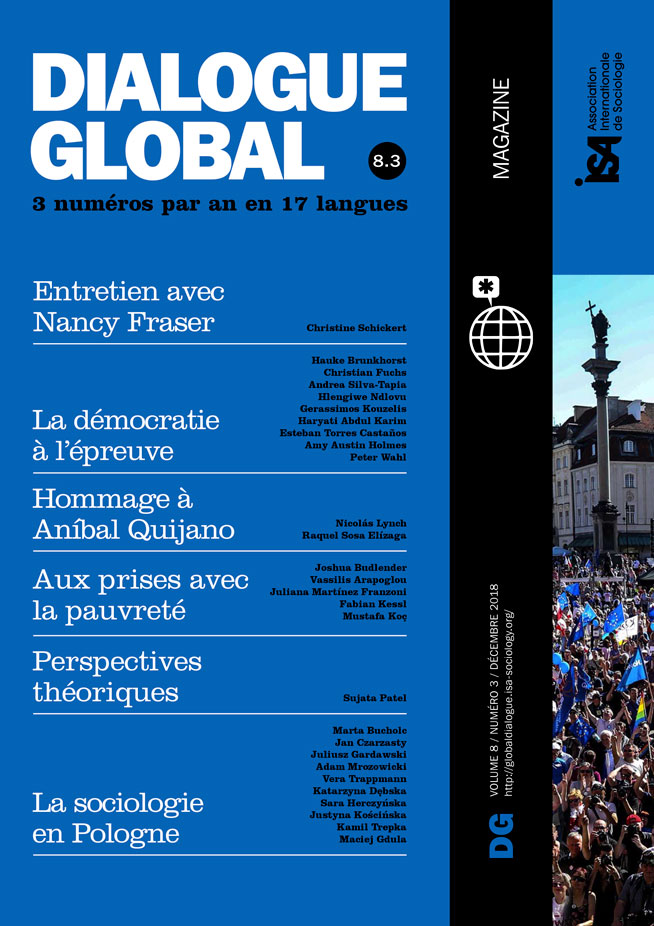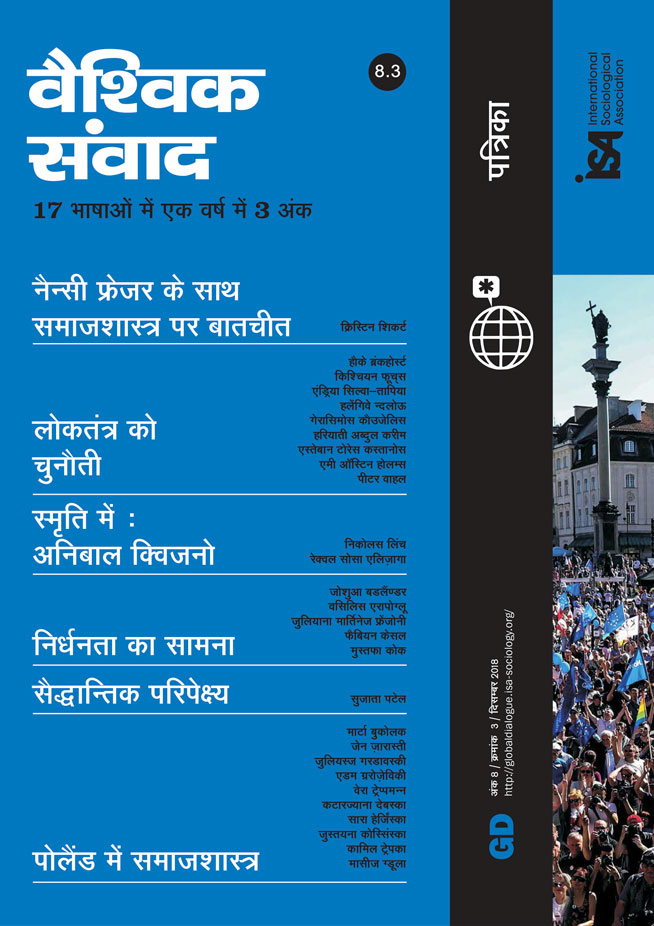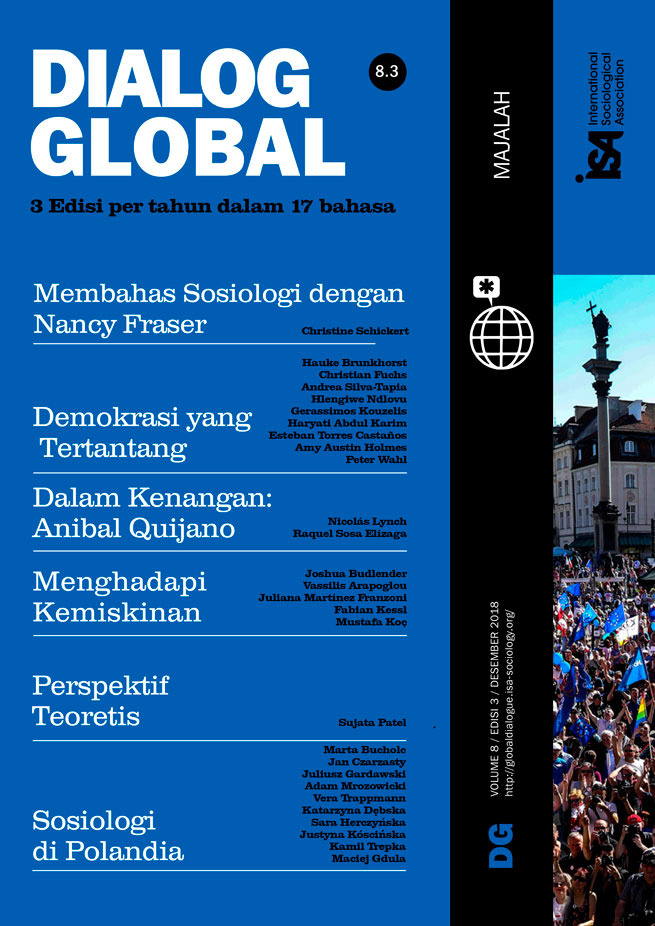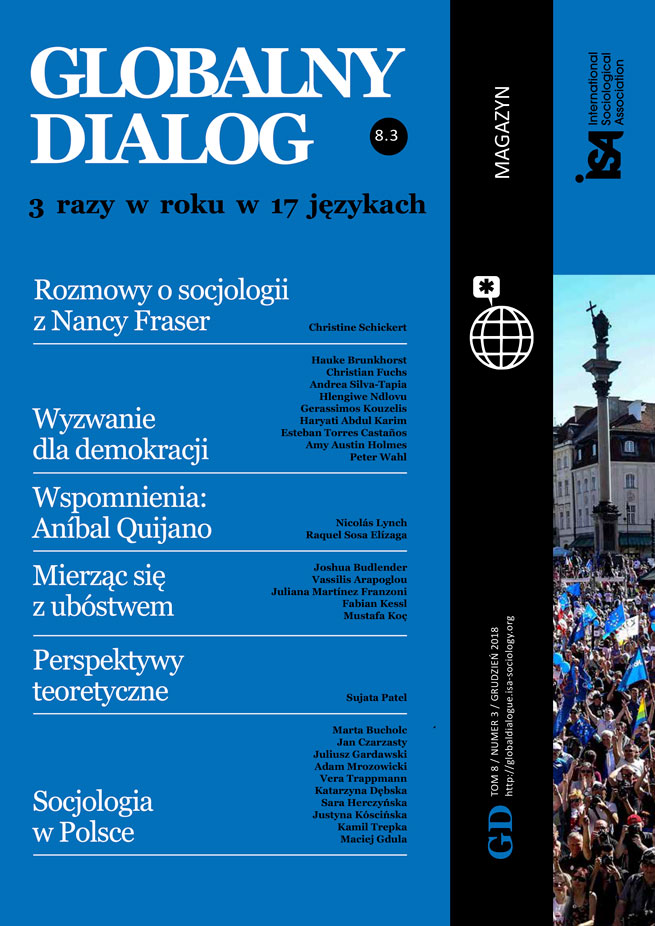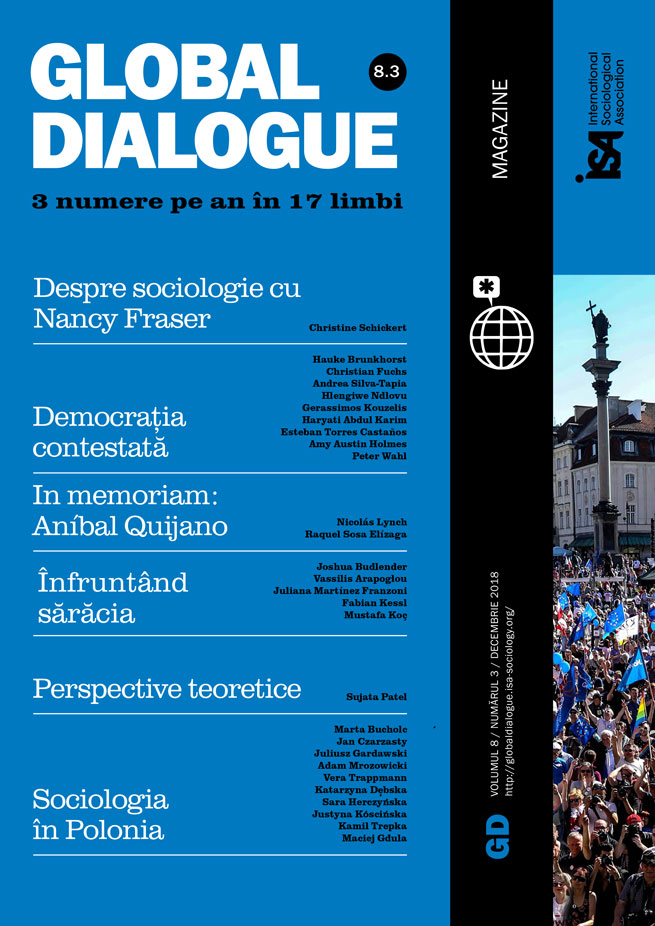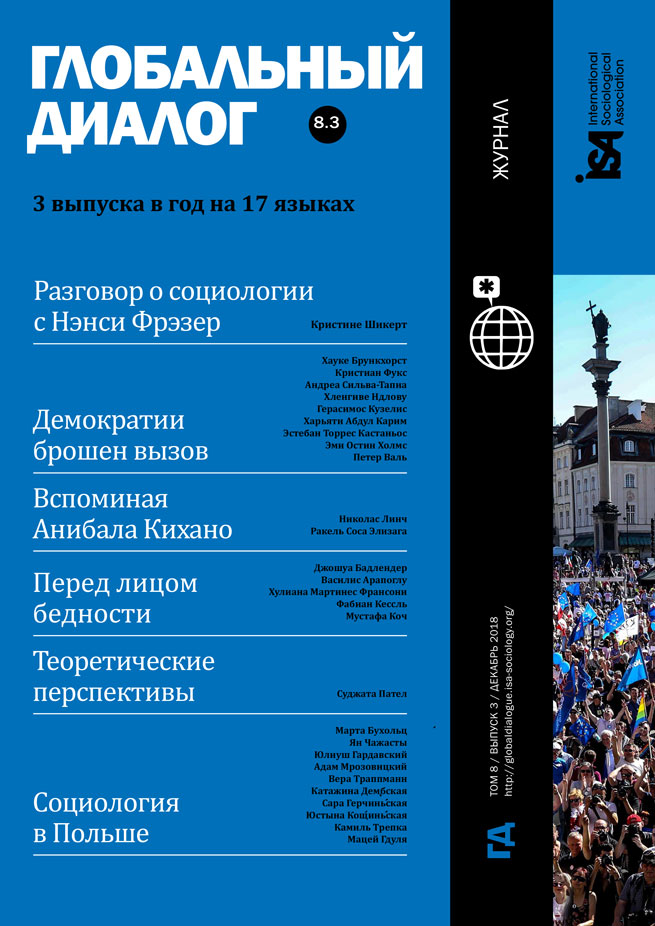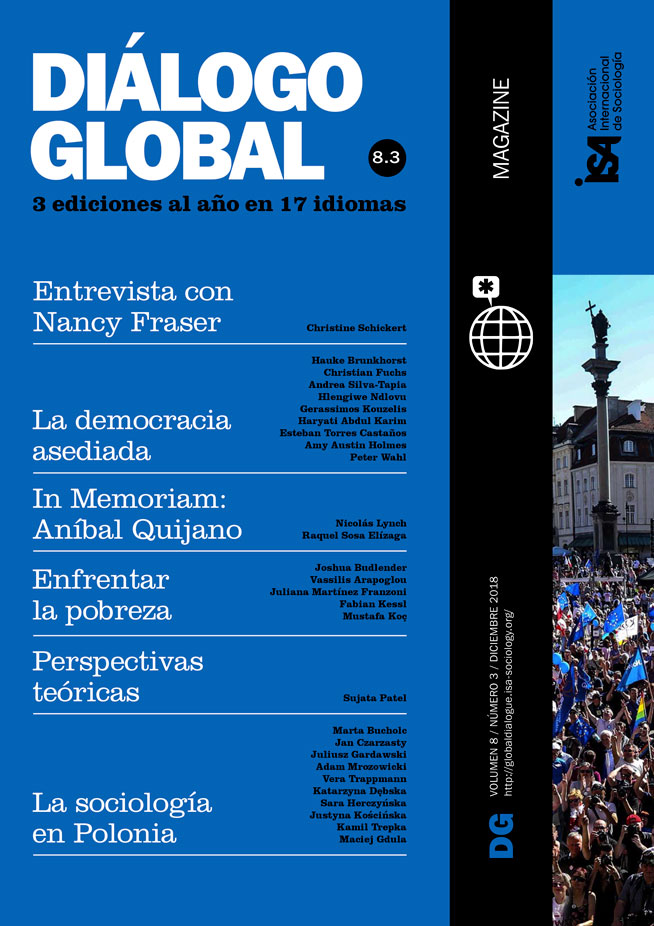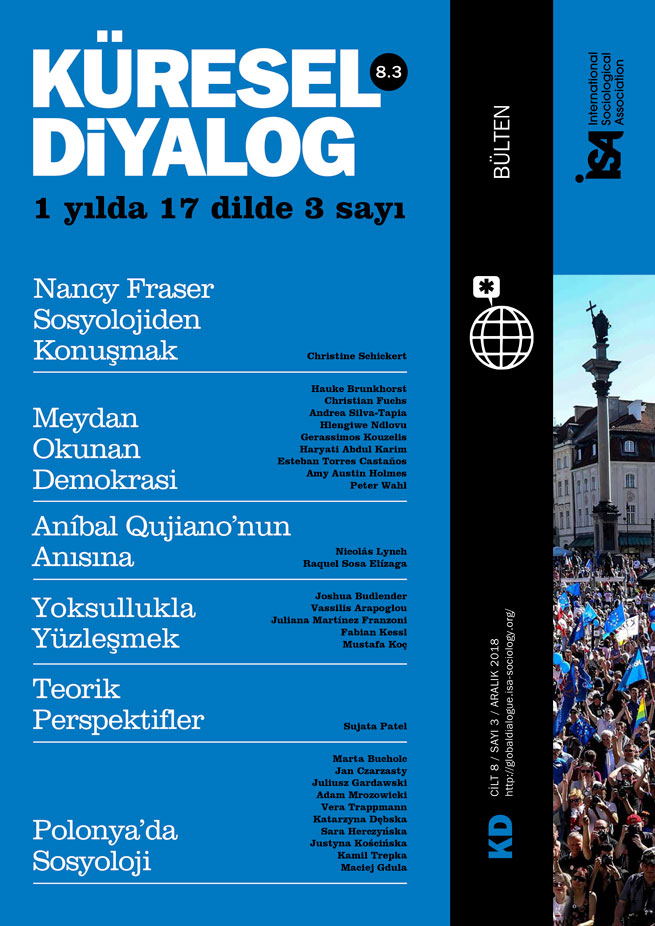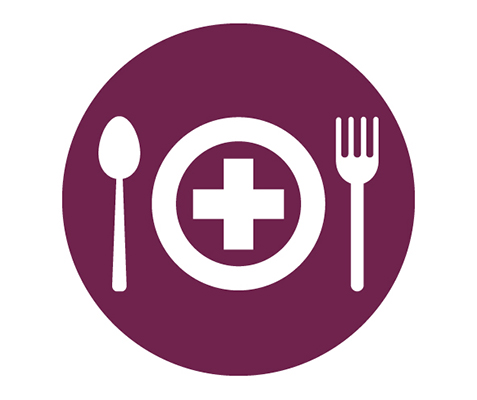Food security emerged as a discourse during the global financial crisis in the mid-1970s as an international priority to address availability and accessibility of food for all. One of the most familiar definitions of food security was provided by the Food and Agricultural Organization of the United Nations (FAO) at the World Food Summit in 1996. According to this definition, food security “exists when all people, at all times, have physical, social and economic access to sufficient, safe and nutritious food that meets their dietary needs and food preferences for an active and healthy life.”
Despite its wide recognition by international organizations such as FAO, food security has been a confusing concept with multiple definitions and differing priorities that has continued to change over the years. The conceptual perplexity of food security discourse reflects competing imaginations of how access to food should be managed in market economies as well as changes in the specific ways the food system is organized, i.e., the policies and practices that define conditions of food provisioning in the latter half of the twentieth century.
Since the 1980s, the conceptualization of food security has gone through a revision in an environment of market liberalism, intensification of global economic relations, and restructuring of the economy and the state. Neoliberal policies that were adopted as a solution to the financial crisis of the 1970s led to cuts in spending on social programs and changes in the conditions of work, a shrinking of the role of the state in the economy, deregulation, privatization, and liberalization of trade. These changes led to a decline in unionized jobs in the manufacturing sector, and precarious and part-time employment mostly in the informal and service sectors. The decline in social programs made the situation worse, resulting in higher rates of poverty and food insecurity.
The neoliberal food security discourse included a shift from the rights-based language of the earlier era to a market-oriented one that identified food as a commodity, and food insecurity as a personal failure rather than a failure of the agri-food system. A 1993 World Bank document clearly reflected this shift: “In practice, however, food is a commodity.” As the social functions of the welfare state shrank and national social programs were downloaded to provincial and local governments, social assistance and care functions were increasingly left to civil society organizations (CSOs) and families. Philanthropic organizations, such as food banks, started filling the gap left from government-run social programs. First emerging in the United States in 1967, food banks lacked transparency and accountability, unlike social welfare agencies, yet began spreading across the world as important mechanisms of social security to provide “surplus food” to “surplus populations.”
In a market economy, products that have been produced for human consumption but cannot be sold in the market before their best before dates become surplus. Redistribution of the surplus food has been promoted as a solution to deal with food waste and food poverty. This seemingly noble concern, however, tends to ignore the role of government cuts in social assistance and the marketing imperatives of the agri-food companies in the rise of food insecurity. While it is true that up to 40% of food produced for human consumption is lost or wasted between field and plate and reducing this waste could allow us to feed all the food insecure in the world, the causes of food insecurity are not due to shortages of food, but due to inequalities in access. At present, most of the world’s grains and oilseeds are used as animal feed, biofuels, and industrial products such as high-fructose corn syrup, instead of food. The reduction of wasted food thus requires a critical re-examination of how the profit imperatives of the agri-food system and subsidies in certain sectors are simultaneously creating enormous surpluses of both food and hunger.
Progress was not universal
At the World Food Summit in 1996, a commitment was made to reduce the number of undernourished people by half by 2015. At that time, the estimated number of food insecure was 799 million. In 2009, the estimated number of food insecure reached 1,023 billion. The FAO responded to this by changing their methodology in 2012. Even with this new methodology, the number of undernourished people could be reduced only to 815 million in 2015. Moreover, in Africa and the Middle East, the numbers of undernourished people show an increase due to wars and armed conflict. In recent decades, armed conflicts in different parts of the world have turned millions of people into food-insecure surplus populations. According to FAO 2017 estimates, about 60% of the 815 million chronically food-insecure and malnourished people in the world live in countries affected by conflict. About 75% of children suffering stunted growth as a result of malnutrition live in war-torn countries. The destruction of domestic economies, infrastructure, and major state institutions due to war has also caused millions of people to become refugees, while attempts to contain population movements within their respective regions have turned neighboring countries into refugee camps. The 6 million Afghan refugees in Pakistan and Iran, and the 5.6 million Syrians in Turkey, Jordan, Lebanon, Iraq, and Egypt are only two of the recent examples of mass regional population movements. While refugees suffer long-term and chronic food insecurity and malnutrition, they also become a source of food insecurity and political instability in the host countries.
Future threats to food security
By 2050, the world population is expected to reach 9 billion. As the developing economies adopt the wasteful consumption patterns of wealthier countries and armed conflicts across the world create new waves of refugees, the level of food insecurity can get worse. So far, we have relied on finding ways of increasing our productive capacity and improving the access to food for vulnerable segments of the population. Attempts to increase productive capacity through industrial farming methods led to increasing concentration of ownership in the hands of more efficient farmers and pushed millions of peasants and small farmers to the cities. Increasing use of agrochemicals also created major environmental problems, such as soil degradation, air and water pollution, and loss of biodiversity. Agriculture contributes to an estimated 13% of the greenhouse gas emissions. Increasing impacts of climate change create another threat to production capacity around the world. While seeking new policies to improve the availability and accessibility of food and reduction of loss and waste, we may also need to question our diets, consumption patterns, and the organization of the agri-food system that has prevailed throughout the last century.
The emerging food sovereignty movement has been connecting farmers, workers, and eaters in an effort to work towards an alternative food system. While food sovereignty shares some insights with earlier discourses of food security, with its emphasis on the role of the states in defining conditions of food provisioning within national/local boundaries, it also includes a new sense of resistance to globalization. Different from the neoliberal interpretations of food security, the food sovereignty discourse recognizes food as a human right; underlines the importance of ownership and control of land, water, and genetic resources by local/indigenous peoples; emphasizes sustainability and resilience instead of efficiency in the production process; and rejects the use of food as a weapon. Like food security, food sovereignty discourse is also dynamic and fluid, shaped by changing political and economic histories. It will be interesting to watch what role food sovereignty plays in reconstructing public perception of food system priorities and redefining food security.
by Mustafa Koç, Ryerson University, Canada and member of ISA Research Committees on Sociology of Migration (RC31) and Agriculture and Food (RC40) <mkoc@ryerson.ca>


